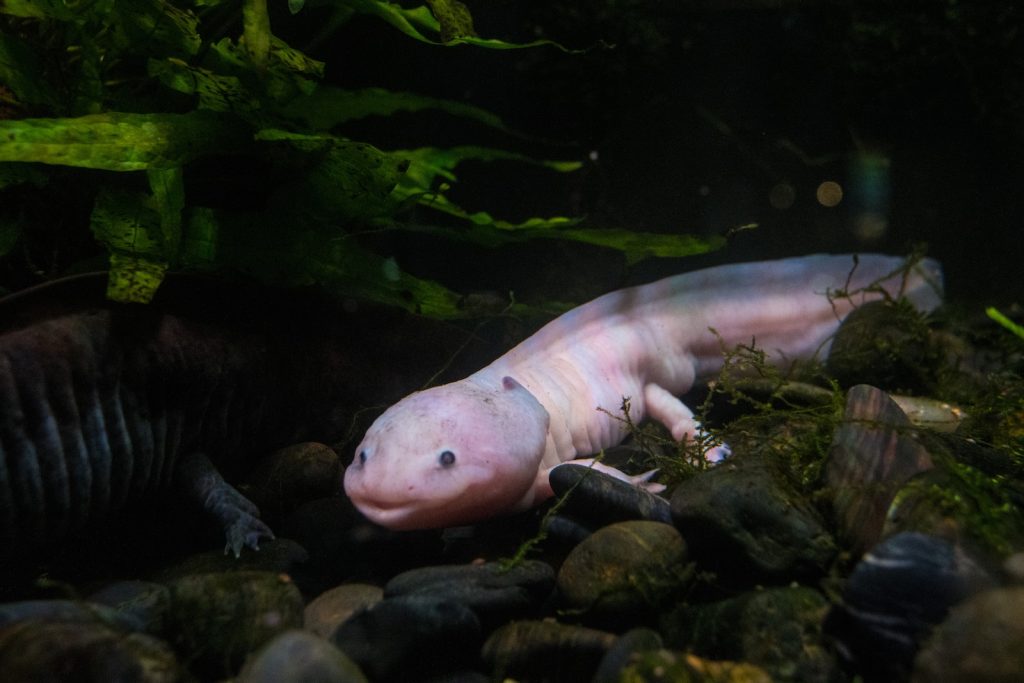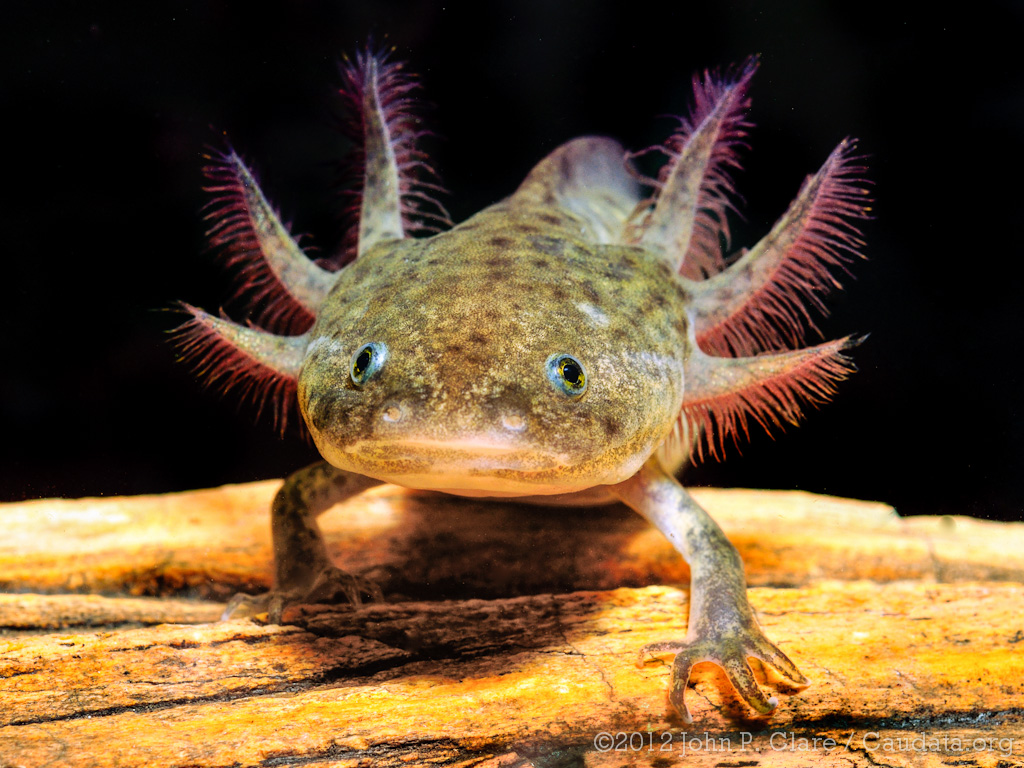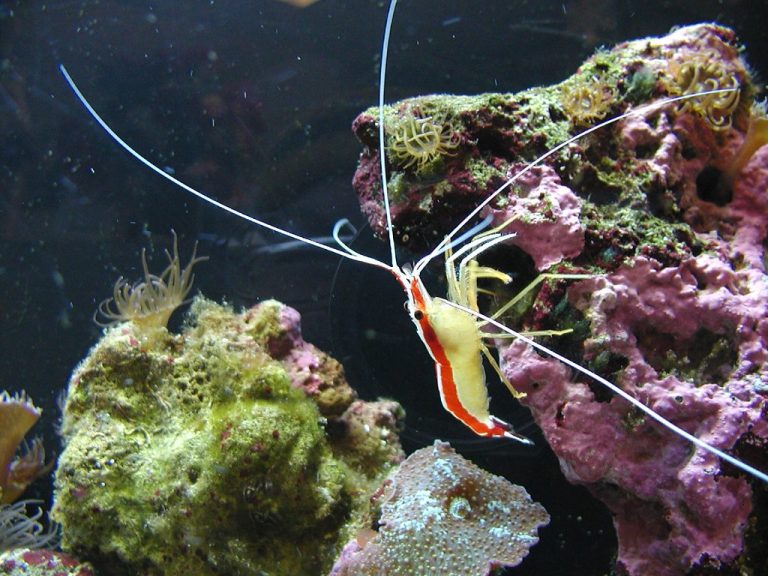Introduction: The Whispering Aquatic Wonders
The enigmatic axolotl, also known as the “Mexican walking fish,” has captured the fascination of aquatic enthusiasts around the world. With their regenerative abilities and striking appearance, axolotls have become a beloved addition to many aquariums. One intriguing question that often arises is, do axolotls make noise? In this comprehensive article, we embark on a journey to uncover the mysteries of axolotl vocalizations. From the anatomy behind their potential sounds to the significance of these noises in their underwater world, we leave no stone unturned.

Do Axolotls Make Noise? The Resounding Truth
The question that echoes in the minds of axolotl enthusiasts is whether these aquatic creatures actually produce sounds. The answer, however, might surprise you. Axolotls do not produce traditional vocalizations like mammals or birds. Unlike frogs and toads, whose croaks and ribbits are well-known, axolotls lack vocal cords and vocal sacs, rendering them incapable of emitting sound waves through air.
However, this doesn’t mean that axolotls are completely silent beings. They possess a unique way of communicating, primarily through subtle movements and visual cues. This silent communication plays a crucial role in their interactions and social behavior.
The Language of Movements: Axolotl Communication
Axolotls, being predominantly aquatic creatures, rely on intricate movements and body language to convey messages to their counterparts. These movements are a form of non-verbal communication that allows them to express emotions, establish dominance, and signal various behaviors. Let’s dive into some of the most notable ways axolotls communicate:

**1. Gill Flaring: Expressing Dominance and Emotion
Axolotls possess feathery external gills that are not only responsible for their respiration but also serve as visual indicators of their mood. When an axolotl flares its gills wide open, it often signifies dominance or territorial behavior. This striking display can be likened to a proud peacock spreading its feathers, conveying a sense of authority.
**2. Tail and Limb Movements: Conveying Intention
Through intricate tail and limb movements, axolotls communicate their intentions and emotions. A slow wave of the tail might signal curiosity or a cautious approach, while sudden jerky movements could indicate surprise or agitation. Additionally, limb gestures are often used in interactions, such as extending a limb as a form of greeting.
**3. Pectoral Fin Flapping: Signaling Agitation
When an axolotl rapidly flaps its pectoral fins, it is usually a sign of agitation or distress. This behavior can be observed when they feel threatened or when their territory is invaded. The rhythmic movement of their fins serves as a warning to potential intruders.
**4. Lunging and Biting: Establishing Hierarchy
Axolotls have been observed engaging in gentle lunging or biting behaviors during interactions with other axolotls. While these actions might seem aggressive, they are often a means of establishing hierarchy within a group. Once the hierarchy is established, these behaviors tend to decrease.
The Silent Symphony: Unveiling Axolotl Vocalizations
While axolotls lack the vocal apparatus necessary for producing audible sounds, recent studies have revealed that they do produce subtle vibrations that can be detected underwater. These vibrations, though imperceptible to the human ear, hold significant importance in their underwater world. Axolotls primarily use these vibrations to communicate during courtship and mating rituals.
FAQs: Unraveling the Axolotl Vocalization Enigma
Q: Do axolotls make noise that humans can hear?
A: No, axolotls do not produce sounds that are audible to humans due to their lack of vocal cords.
Q: How do axolotls communicate if they don’t make noise?
A: Axolotls communicate through a combination of intricate movements, body language, and underwater vibrations.
Q: Can I mimic axolotl vocalizations?
A: While axolotl vocalizations are not audible to humans, attempts to mimic their vibrations could provide insights into their communication methods.
Q: Do axolotls have unique mating calls?
A: Axolotls use subtle vibrations as part of their courtship and mating rituals, which are crucial for successful reproduction.
Q: Are axolotl vocalizations still being researched?
A: Yes, ongoing research continues to uncover more about axolotl communication, shedding light on their fascinating underwater interactions.
Q: Can axolotls communicate with other aquatic species?
A: Axolotls primarily communicate with their own species through vibrations and movements; interactions with other species are limited.
Conclusion: Embracing the Subtle Language of Axolotls
In the realm of aquatic wonders, axolotls stand out not only for their unique appearance but also for their captivating communication methods. While they may not serenade us with melodious tunes, their silent language of movements and vibrations paints a vivid picture of their underwater world. As research continues to peel back the layers of this enigmatic species, we can only anticipate more revelations about their hidden voices.
So, the next time you find yourself gazing at these aquatic marvels, remember that beneath the tranquil waters lies a world of silent symphonies and delicate conversations—a testament to the marvels of evolution and adaptation.






